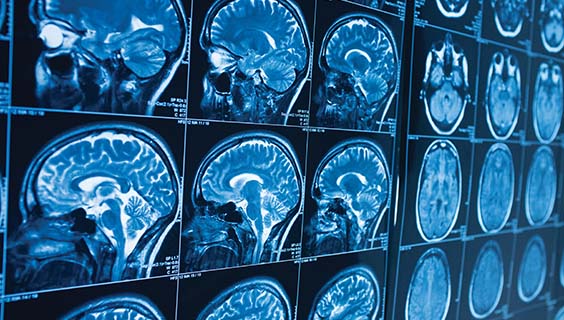What Are Frontotemporal Disorders? Causes, Symptoms, and Treatment

Frontotemporal disorders (FTD), sometimes called frontotemporal dementia, are the result of damage to neurons in the frontal and temporal lobes of the brain. Many possible symptoms can result, including unusual behaviors, emotional problems, trouble communicating, difficulty with work, or difficulty with walking. FTD is rare and tends to occur at a younger age than other forms of dementia. Roughly 60% of people with FTD are 45 to 64 years old.
FTD is progressive, meaning symptoms get worse over time. In the early stages, people may have just one symptom. As the disease progresses, other symptoms appear as more parts of the brain are affected. It is difficult to predict how long someone with FTD will live. Some people live more than 10 years after diagnosis, while others live less than two years after they are diagnosed.
There is currently no cure for FTD, and no treatments slow or stop the progression of the disease, but there are ways to help manage the symptoms.
What do the terms mean?
One of the challenges shared by people living with these disorders, families, clinicians, and researchers is what terminology to use. Here, we have used the term frontotemporal disorders to characterize this group of diseases and the abbreviation FTD, which is commonly used to refer to them. Other terms used include frontotemporal lobar degeneration and frontotemporal dementia, but it’s important to note that with some frontotemporal disorders, the primary symptoms are problems with speech or movement, rather than dementia symptoms. Physicians and psychologists diagnose the different forms of FTD based on a person’s symptoms as well as the results of brain scans and genetic tests.
To learn more about frontotemporal disorders, including causes, symptoms and treatment, from the National Institute on Aging, CLICK HERE.
